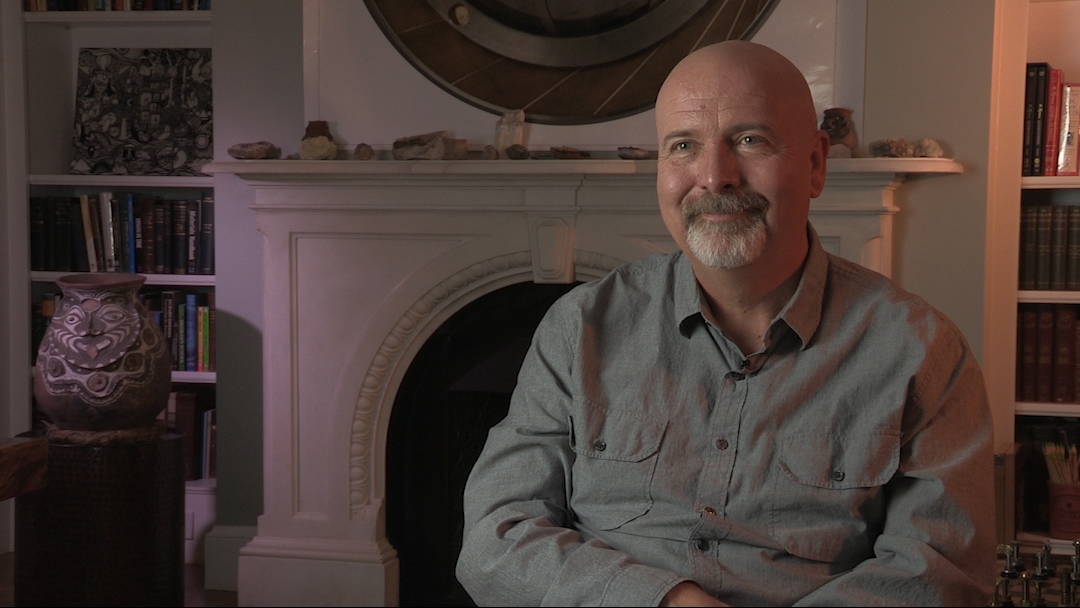Nature in some sense does evolve things that have causes and effects that you can tell stories about. And in fact, we can tell stories about our body. And we can say, well, the heart pumps the blood and the kidneys clean out the blood and that's because only the same things that allow nature to evolve it quickly are the things that make it understandable. So just as we engineer things to have causes and effects, nature engineers things to have causes and effects.
And most of the people who have tried to use computers to simulate evolution haven't taken advantage of that fact. In particular, what most people do is they don't make a distinction between the genotype and the phenotype. So they basically treat genes... they treat the thing to be selected as a bag of genes, and they look at that bag of genes and they say, 'Is this a better bag of genes than that bag of genes?' And that method of selecting neglects what happens in real biology. In real biology, that bag of genes is used to generate an organism by an adaptive process that has morphogenesis, which is an adaptive process. It has learning, which is an adaptive process, behavior and so on. And each of those changes that bag of genes into something more sensible. So what happens is that we map the genetic space by adaptive process into another space, which is, let's say, the morphogenic space. And that does a lot of error correction. It makes everything sensible. So even if I make a mistake down in the genetic space, it sort of fixes it during the process of morphogenesis. So it makes it sort of sensible. It's like an editor.
So for instance if genetically I change the timing of something so that I grow an extra arm, that extra arm will have bones in it, it will have blood supply, it will have nerves, it will connect all the way up to my brain. And so in some sense lots and lots of changes will get made to sort of make it sensible. And so that process of mapping something into more sensible happens... that adaptation process happens at many levels. So for instance, once I have a creature, if I have a dog that's born with three legs, it learns how to walk with three legs pretty well. It changes its behavior by a process of learning. Now three legs isn't optimal, but it manages to survive with three legs, because it adapts at the learning level, because it failed to adapt at the morphogenic level.
And so there are many levels of adaptation that map, sort of, unsensible things into sensible things.






